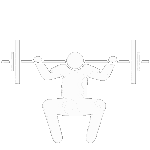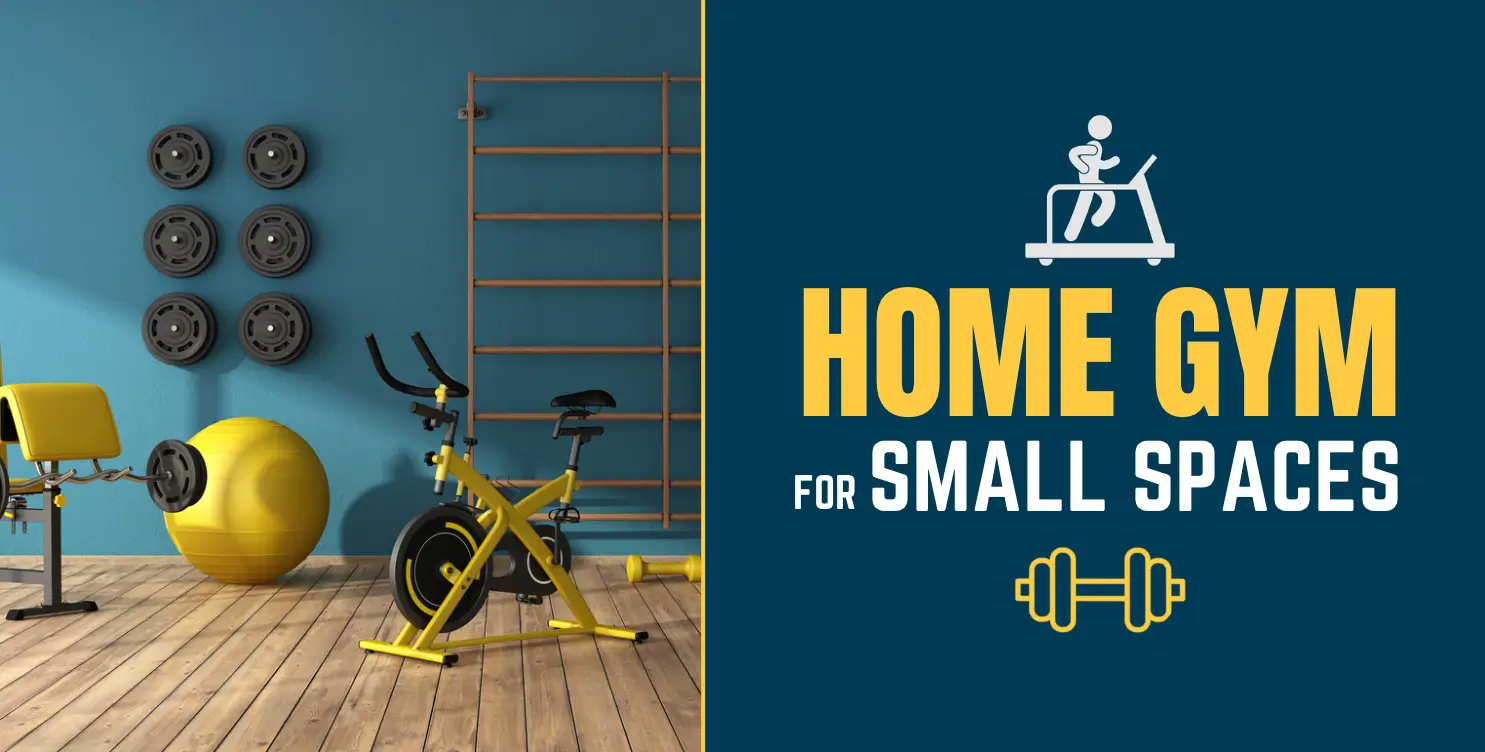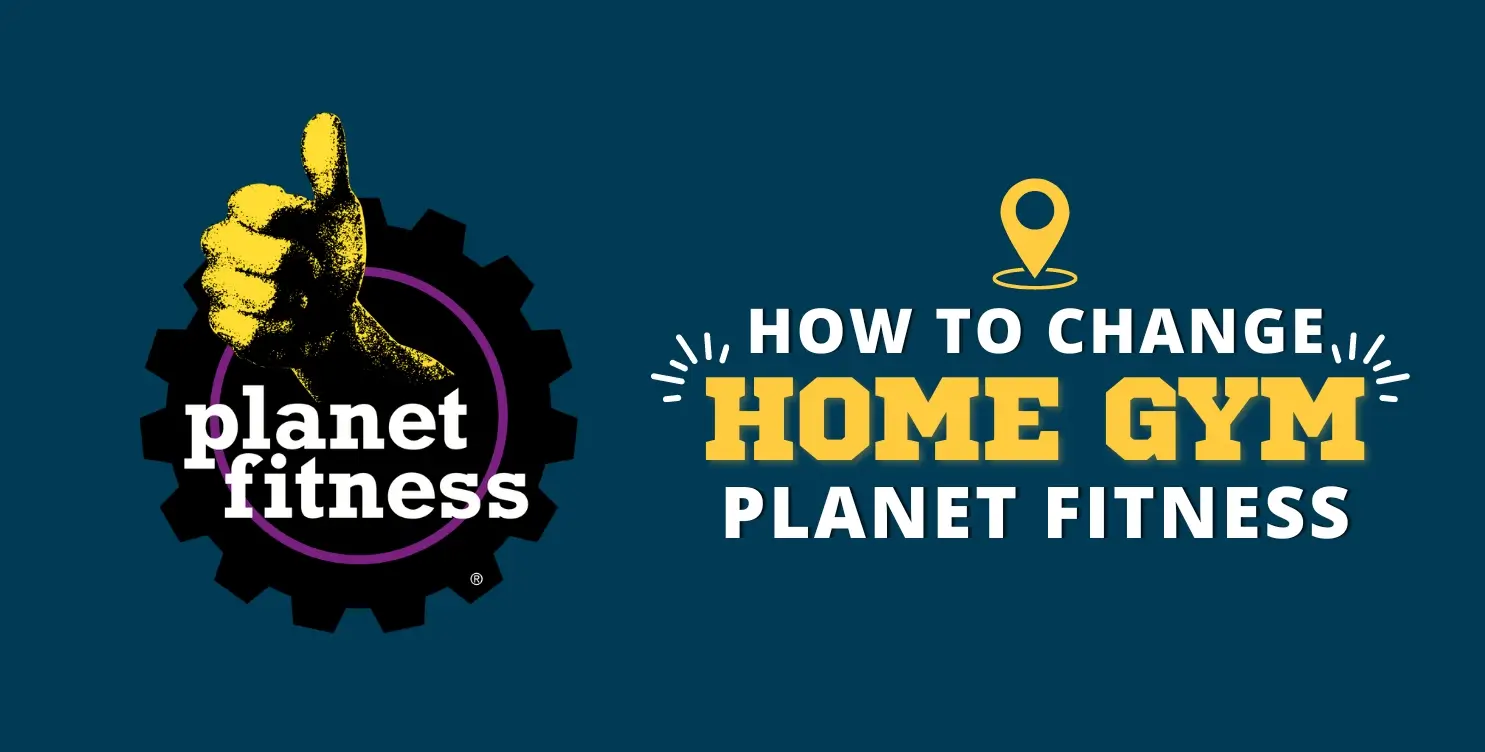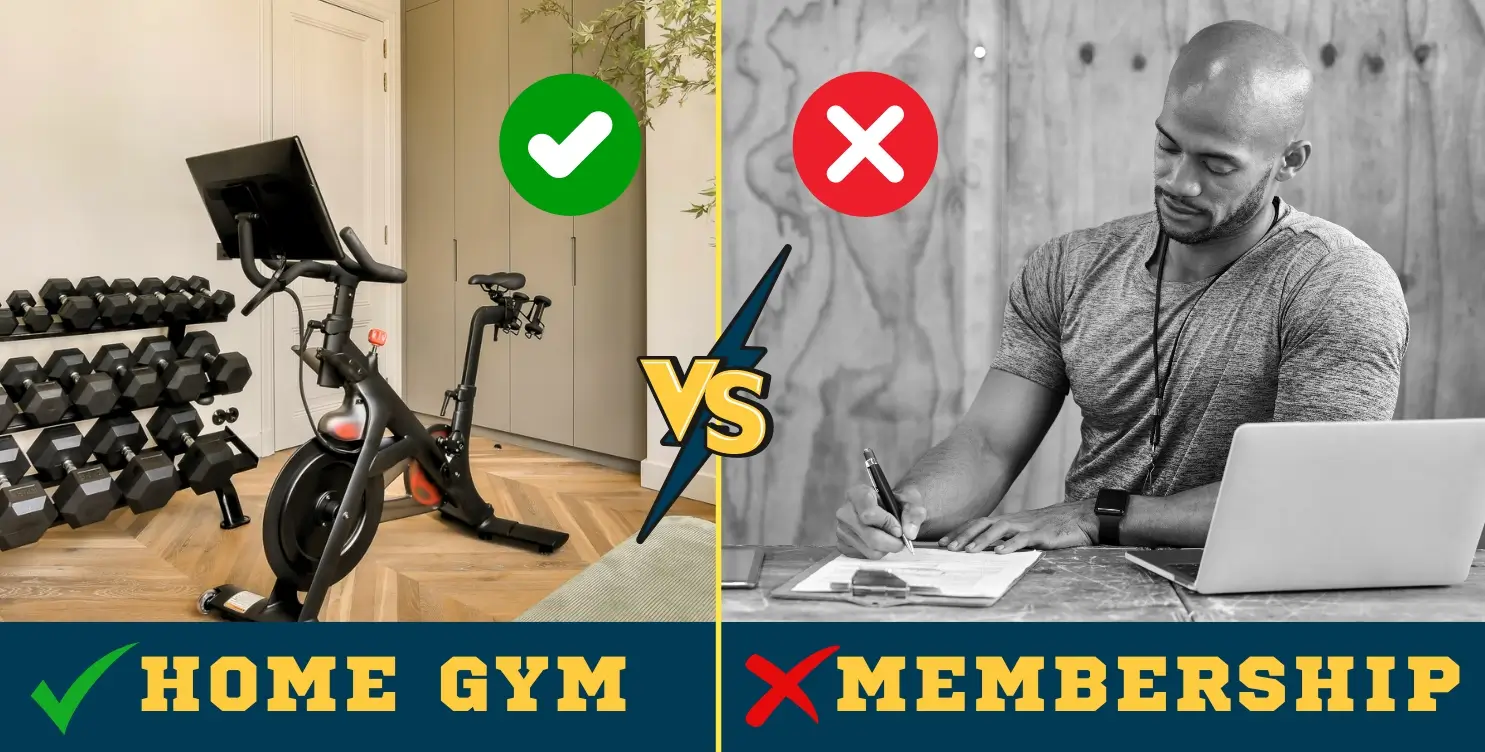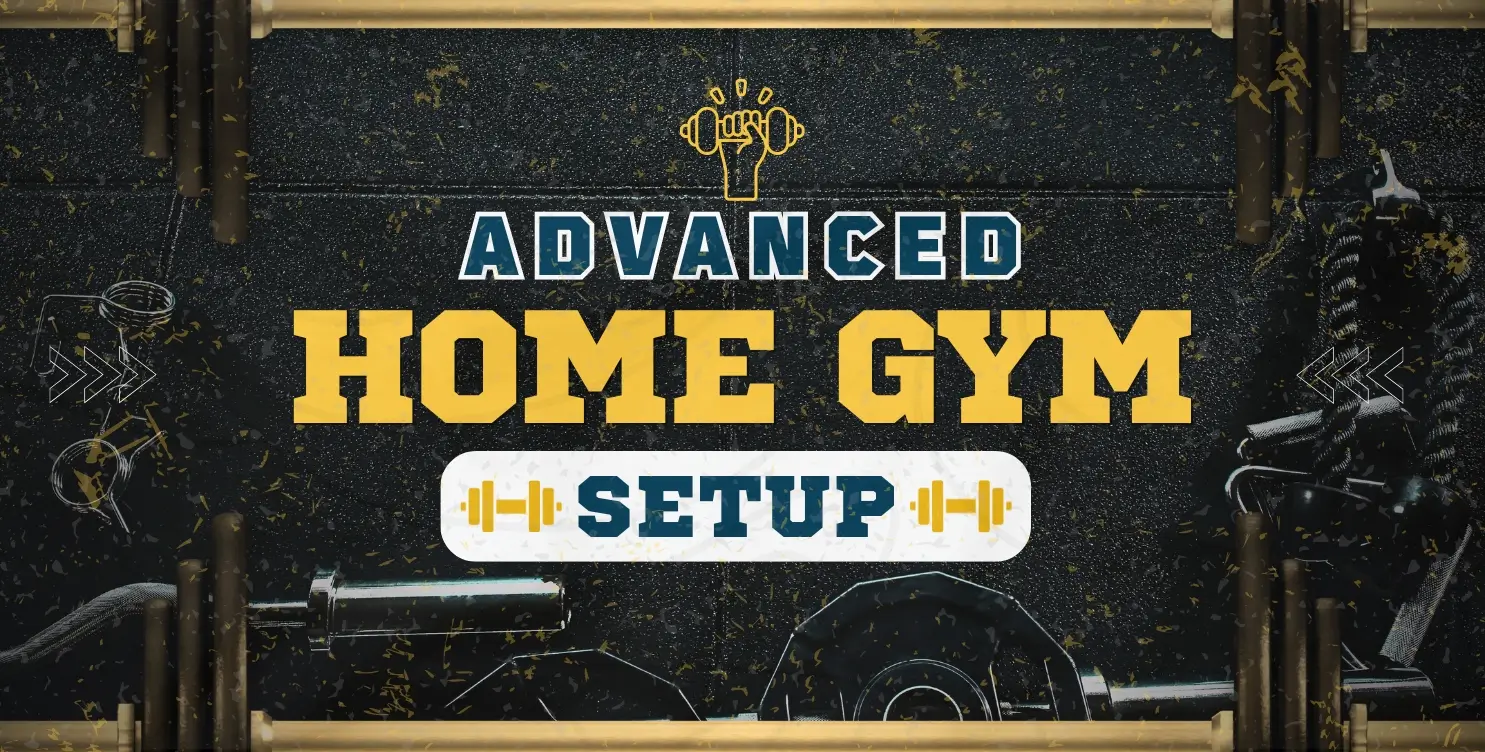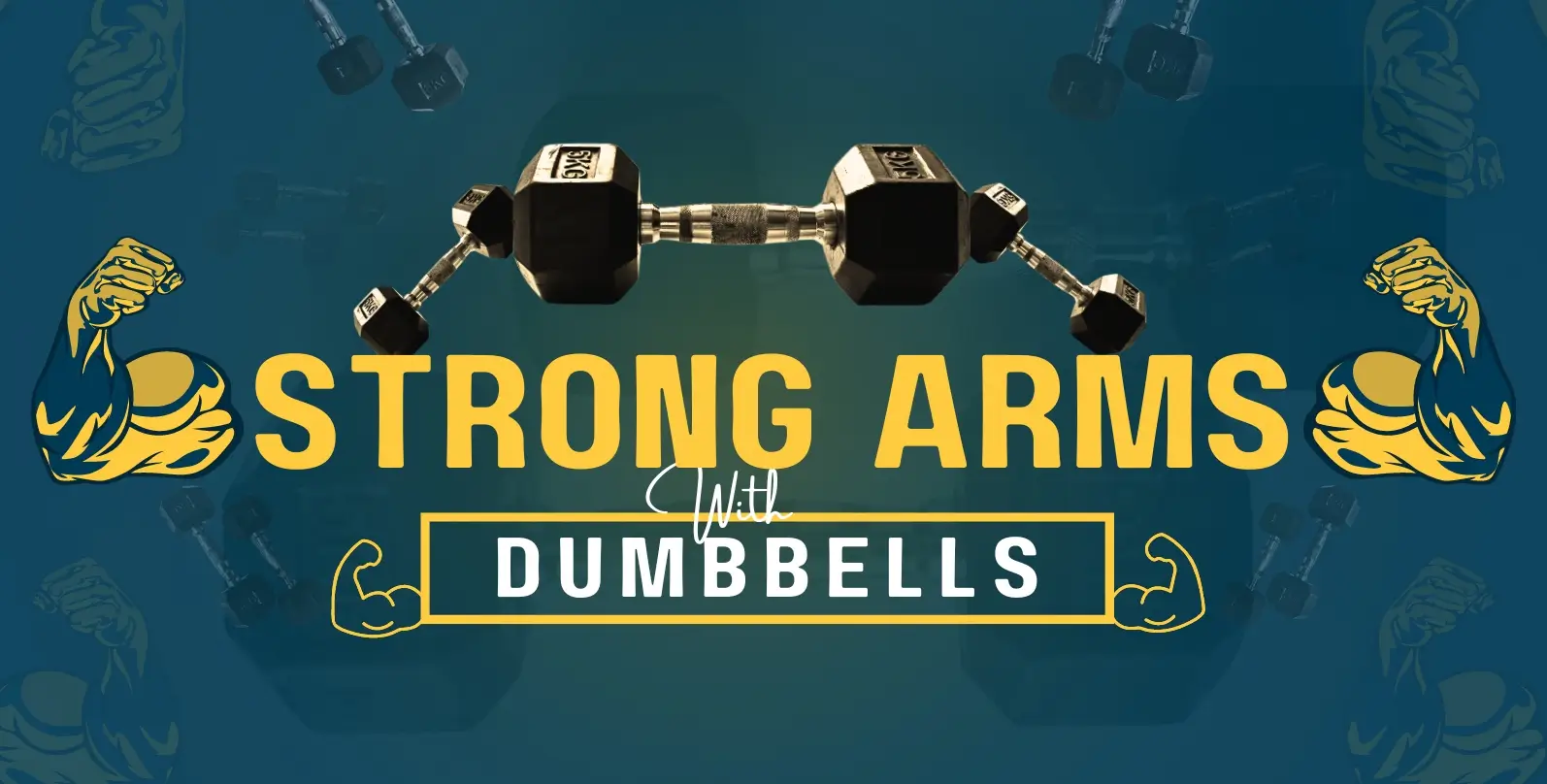Sometimes the best things are the simplest, and dumbbells are one of them. Trust me, they pack a serious punch when it comes to building strength and getting fit. You can even create a great home gym with just dumbbells! They do way more than just tone your muscles – they can totally change your fitness game, fire up your metabolism, and even make you feel happier. If one of your goals is figuring out how to get stronger with dumbbells, you’ve come to the right place. whether you’re a gym rat or a complete beginner, adding some dumbbell exercises to your routine is going to get you awesome results and leave you feeling strong and confident.
Start with a Warm-Up
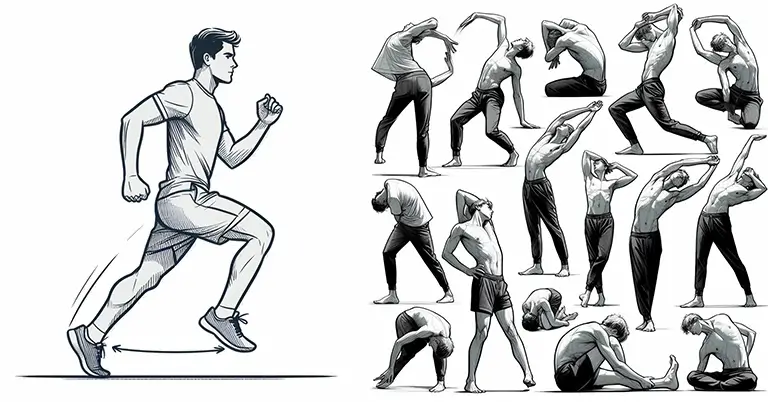
Before you grab those dumbbells, let’s get those muscles warmed up – you don’t want to pull anything. A quick warmup is super important to let your body know it’s time for some action. Some light cardio, like jogging in place or jumping jacks, will get your heart pumping and those muscles ready. Follow that up with a few dynamic stretches to loosen things up, and you’ll be all good to tackle those weights.
Choose the Right dumbbell weight

Lots of beginners accidentally start with weights that are either too heavy or too light – and that can lead to injuries or not seeing the results you want. Finding the right dumbbell weight is key for a safe and super-effective workout. If you’re new to this, definitely start with lighter weights and gradually increase as you get stronger.
The goal is to be able to do your exercises with good form, so if you’re struggling to keep things smooth, it means the weight’s too heavy. But, if you’re flying through reps without feeling challenged, that weight’s a bit too easy. It’s all about finding that perfect balance (It’s different for everyone). So take the time to find the right weight for each exercise, and don’t be afraid to go heavier as you get stronger (Ensure safety). With the right dumbbell weight, you’ll be on track for a stronger, healthier you before you know it!
Focus on Proper Form and technique
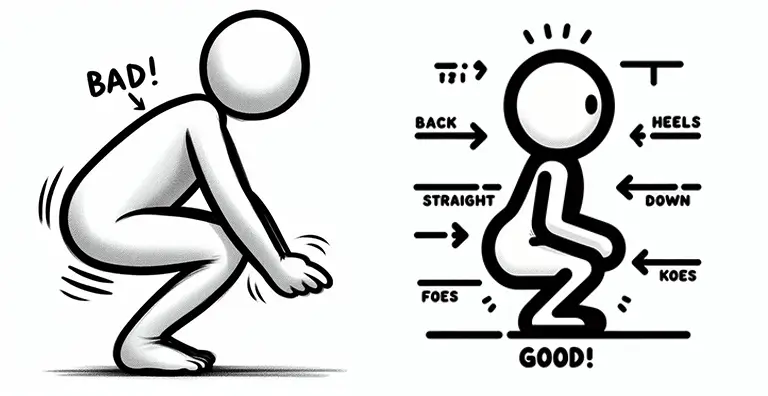
If you don’t focus on your form, those workouts could easily turn into a whole lot of pain. Seriously! Those little details about how you lift those weights are the secret to seeing progress and staying injury-free. It’s like building a house – a bad foundation means the whole thing could fall apart. Perfecting your form means you’re building a strong, healthy body, not a recipe for future aches.
Essential Dumbbell Exercises
Squats (Goblet Squats, Overhead Squats)
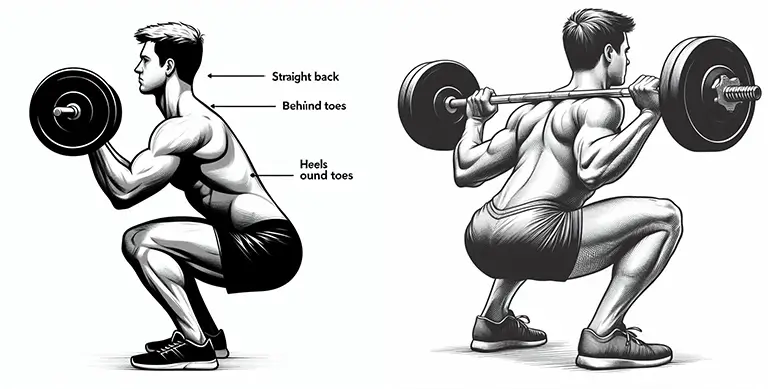
Hold a dumbbell or kettlebell close to your chest while squatting down with control. This helps engage your core and stabilize your body. Overhead squats further challenge your stability and mobility. Maintain a tight core and keep the weight directly above your head as you squat down.
Lunges (Forward, Reverse, Side)

Ensure your chest remains upright and shoulders rolled back as you step forward, lowering your back knee towards the ground without touching it. Reverse lunges work your hamstrings and glutes. Step back with one foot, lowering your body until both knees are at a 90-degree angle. Side lunges target the inner and outer thighs. Start by stepping out to the side, bending one knee while keeping the other leg straight. Maintain proper form throughout each lunge variation.
Chest Exercises (Bench Press, Flyes)
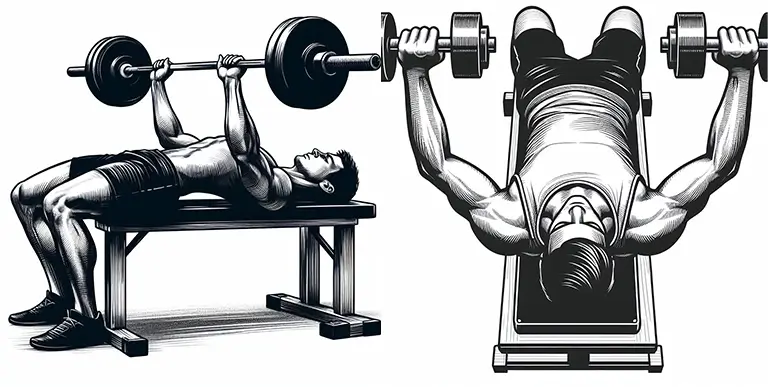
Maximize muscle engagement by keeping your elbows tucked in and lowering the bar to nipple level before pushing it back up. Variations like incline or decline bench presses can help target specific parts of your chest. Flyes isolate the pectoral muscles for increased definition and strength. Use controlled movements and squeeze your chest at the top of each rep for optimal results.
Rows (Bent-Over Row Variations)

Varying your grip (overhand and underhand) during rows can target different back muscles. Unilateral rows can help identify and correct muscle imbalances. Experiment with different row angles, such as incline or decline variations, for unique challenges.
Shoulder Presses (Variations)

One variation, the Arnold Press, involves rotating your palms as you lift from a traditional shoulder press position to a supinated grip at the top. This allows for a greater range of motion. The Handstand Shoulder Press requires strong core and shoulder strength. Consider incorporating tempo variations into your shoulder presses for added intensity.
Isolation Exercises
Bicep Curls
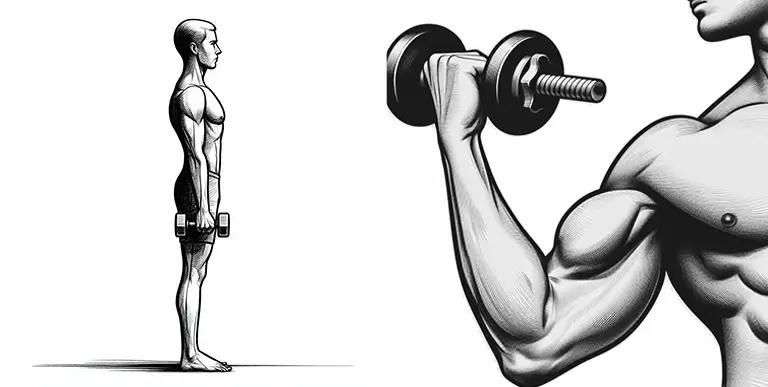
Start with feet shoulder-width apart, dumbbells held with palms facing forward. Keep your back straight and core engaged. Focus on squeezing your bicep muscles at the top of the movement. Avoid using momentum or swinging the weights.
Tricep Extensions

Start standing or sitting with a dumbbell held above your head. Slowly lower the weight behind your head while keeping your upper arm stationary, then extend your arm fully. Focus on controlled movements and proper form. Start with a lighter weight and gradually increase as you build strength.
Lateral Raises
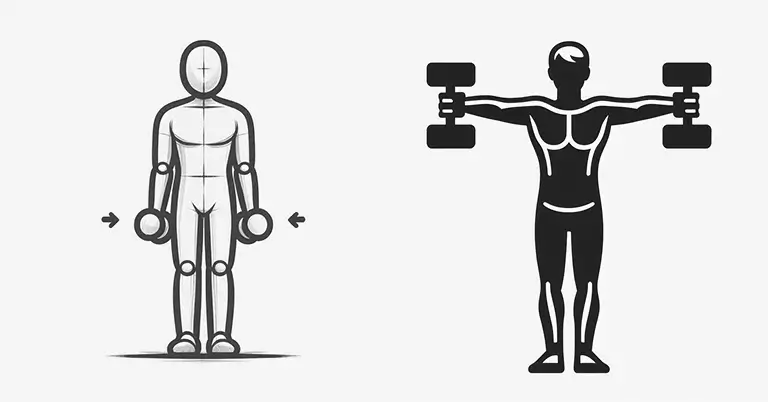
Begin by standing tall with a dumbbell resting in each hand at your sides. With a slight bend in your elbows, lift both arms out to the sides until they are parallel to the ground. Engage your core muscles for stability.
Increase Weight Gradually

While it might be tempting to start with heavy weights for faster results, it’s important to remember that slow and steady progress yields better long-term benefits. By gradually increasing the weight of your dumbbells, you allow your muscles to adapt and grow stronger over time.
This incremental approach not only reduces the risk of injury but also ensures that your muscles are properly challenged with each workout. Additionally, increasing the weight gradually can help prevent plateauing and keep your fitness journey exciting and rewarding.
Stay Consistent and Persistent

While it’s tempting to grab those heavy weights for immediate results, remember that slow and steady progress is what leads to lasting gains. By starting with lighter weights and gradually adding more, you allow your muscles to adapt and grow stronger while minimizing the risk of injury. this approach ensures you’re consistently challenging your muscles throughout your fitness journey. Plus, gradually increasing the weight prevents plateaus, keeping your workouts both effective and engaging.
Rest and Recovery
Taking rest days is just as important as crushing those workouts – even more so when you’re lifting dumbbells at home. I know you want to see results fast, but pushing too hard without breaks is a recipe for burnout. Overdoing it can lead to injuries, and totally zap your motivation.
Build some chill recovery days into your dumbbell workout schedule. Think stretching, a simple yoga flow – this kind of stuff keeps you limber, works out the kinks, and helps you bounce back faster. the right workout clothes can help you feel more flexible during those recovery stretches too! and remember – it’s not about how hard you go in the gym, it’s about consistency, and that means giving your body those breaks so it can build muscle!
Final Words
Getting seriously strong with dumbbells isn’t about some magic trick. It’s all about consistency, staying pumped, and knowing that all those workouts add up, even if you don’t feel like a superhero right away. Your body needs time to build that strength – gotta trust the process!
Set some goals you can actually hit – hitting those will keep you motivated. Keep track of how far you’ve come, and don’t be afraid to switch up your workouts if you’re bored. Every rep, every single time you push yourself – that’s what makes the difference. Keep grinding, celebrate those wins (even the small ones!), and before you know it, you’ll be crushing those dumbbells. If you find yourself getting bored with the same dumbbell exercises, a basic home gym can open up new possibilities to keep things exciting. So get to it – the stronger you is waiting!
FAQ
How often should I use dumbbells to get stronger?
Aim for at least 3 strength training sessions with dumbbells each week. Make sure to include rest days in between workouts, as this allows your muscles to recover and grow stronger.
How many sets and reps should I do?
For building strength, it’s recommended to do 3-4 sets of each exercise, with 8-12 reps per set.
Should I use both dumbbells at the same time or one at a time?
Both methods can be effective. Using two dumbbells at once (bilateral training) helps improve overall strength and stability. Using one dumbbell at a time (unilateral training) can help address muscle imbalances and improve coordination.
Can I get a full-body workout using only dumbbells?
Absolutely! You can perform a variety of dumbbell exercises that target different muscle groups for a comprehensive full-body workout.
Are there specific exercises that are most effective for building strength with dumbbells?
Exercises like squats, lunges, chest presses, shoulder presses, rows, and bicep curls are highly effective for building strength. Focus on proper form and consistently challenging yourself for the best results.
How long will it take to see results from using dumbbells for strength training?
Results vary based on individual factors such as genetics, diet, and workout consistency. with regular training and proper nutrition, you can expect to see improvements in strength and muscle tone within a few weeks to a few months.


